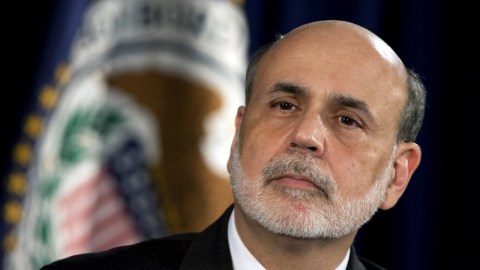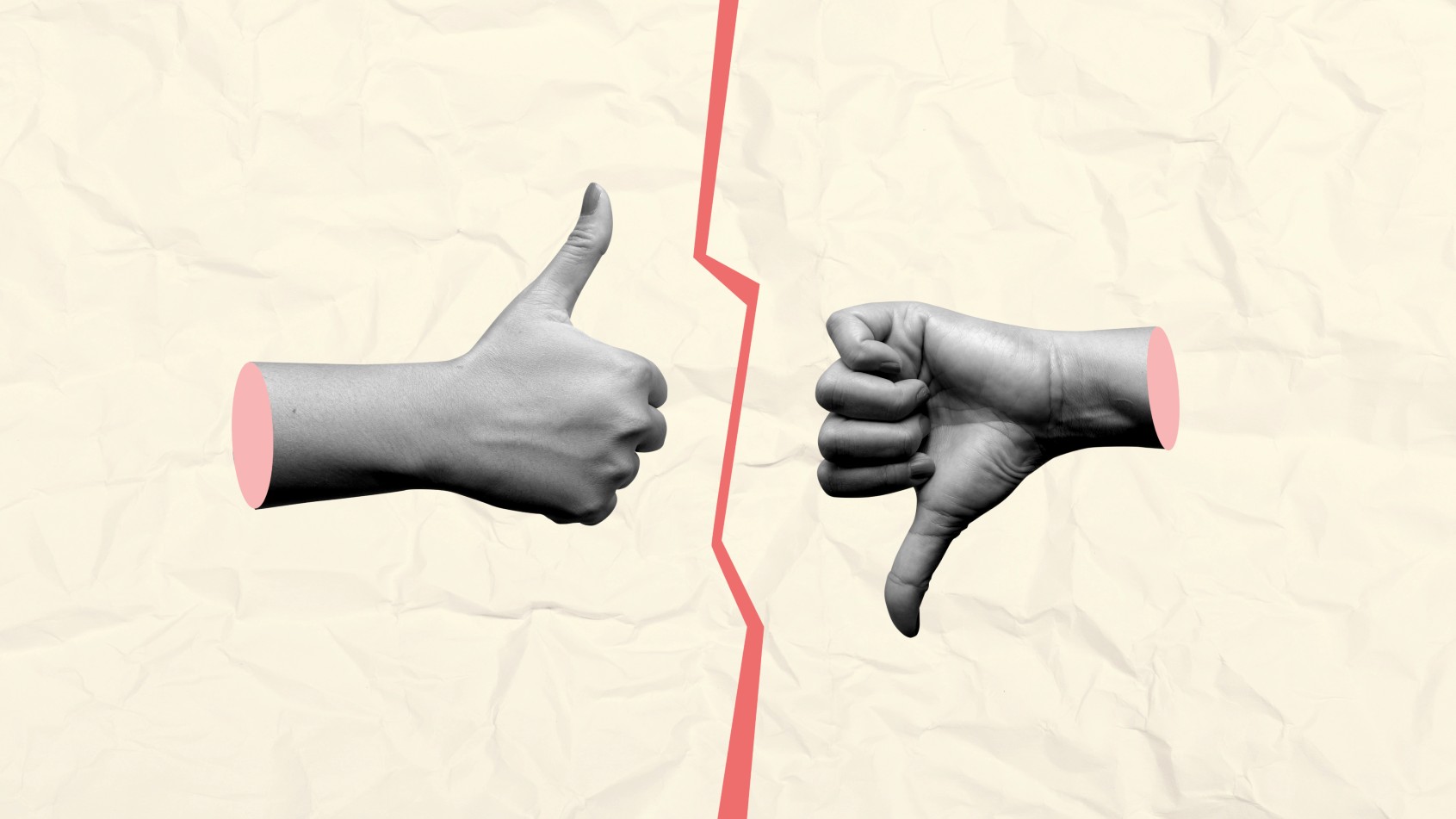In Bernanke We Trust

The Federal Reserve differs from many other central banks by having a dual mandate: maximum employment and stable prices. Lately, pundits on the left have accused the Fed of not doing enough on either count. Are they right?
The Fed’s goals can come into conflict sometimes, for example, when boosting employment by injecting fresh money into the financial system would also create inflation. The Fed’s job is to balance the two, all the while striving to maintain moderate long-term interest rates. That doesn’t appear to be necessary right now, though.
At the moment, employment is probably far below its maximum. The unemployment rate is 7.7%, which is high even if you think that the so-called “natural rate” – the level of unemployment when the economy is producing at its full potential – has risen in the past several years. Last January, the Fed said that it would target 2 percent inflation, but over the following year prices rose by only 1.6%. Arguably, inflation should be higher than the target, not lower, if the Fed is doing everything possible to reduce unemployment.
So what’s going on here? If the Fed still has room to juice the economy without threatening price stability, why doesn’t it? Perhaps Ben Bernanke, the Fed chair, is responding to pressure from the Republican Party in Congress, which has warned the Fed several times to curtail or stop its “quantitative easing”, its aggressive strategy of buying securities in the bond and mortgage markets. Or maybe the Fed is worried that it might create another housing bubble by prolonging the nation’s apparent addiction to cheap credit.
In fact, the most likely explanations are fare more mundane, according to Paul Wachtel, an expert on central banking and my colleague in the economics department at New York University’s Stern School of Business. For him, it’s all about the Fed’s expectations for the effectiveness of its own actions. “The Fed thinks that its approaches to quantitative easing have done what they were designed to do: bring down long-term interest rates,” he said in our conversation this week. “They think that the policy has been effective in boosting growth, albeit anemic growth. Further quantitative easing cannot do much more to lower long rates, which are at historical lows.”
Paul said the Fed is aware of the possibility that its balance sheet is growing too quickly and may be vulnerable to some losses, but it isn’t too concerned yet. For him, if the Fed’s governors thought that additional action would help the economy to recover, then they’d be doing it already. After all, many of them are excellent economists, and they all have access to the same data that the rest of us see, in some cases before we get to see it.
As for the influence of Congress, Paul dismissed the fear of a political backlash against the governors. “They have done more than enough to make certain elements in Congress angry,” he said. “I really think Bernanke is committed to what he can accomplish in an uncertain and unprecedented world and is not concerned about his image in Congressional circles.”
That’s exactly the stance a Fed chair is supposed to take. Preserving the Fed’s independence is essential to maintaining the credibility of monetary policy. As for the direction and pace of that policy, plenty of economists are still willing to trust Bernanke’s judgment – even if the pundits aren’t.





